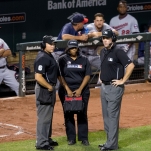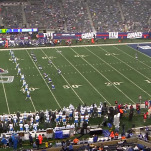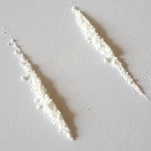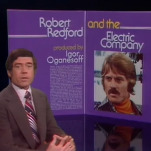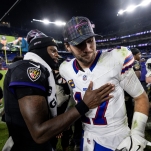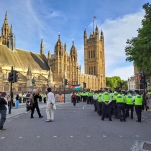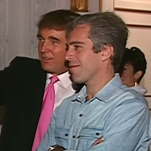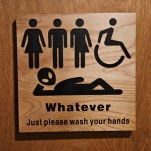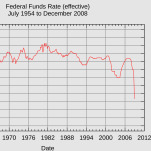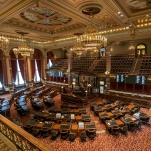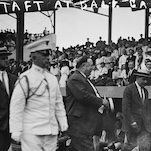What do fantasies really look like? The real problem with Playboy
Playboy‘s decision to cease and desist printing nudes signals something bigger: The toppling of the white female naked body from its pedestal as the epitome of sexual object in mainstream American media.
Playboy Playmates have A Look, and it is young, white and thin, with long (usually blonde) hair. (Ever notice how similar Playboy models are to Barbie?) Sure, there have been exceptions—women of color have graced the cover from time to time; recently, Azealia Banks—but they are just that. Exceptions. To a rule: Twenty-something, slender, Caucasian, large breasts, narrow waist, extensive retouching (link NSFW) = sexy. That has been Playboy‘s standard for decades. This narrow view of beauty, this exclusionary view of what is sexually attractive, has never been a universal truth; all kinds of women are found attractive by all different types of people, and have been, for centuries.
Hugh Hefner, the creator of Playboy, always insisted he was selling a fantasy. From a 2009 interview with the the Los Angeles Times:
You’ve had such an influence on defining modern ideas of beauty. When I asked friends what they’d like to tell you, several said, “He made me feel bad because I didn’t look like that.”
[A bit taken aback] Well, that’s a very unique notion. How about guys who read Sports Illustrated and feel as if they can’t break records in terms of sports?
That’s the equivalent?
Of course. In other words, what are dreams and fantasies all about? Aspirational. …The major message in terms of the centerfold and Playboy isn’t simply beauty. The major message is a more liberating attitude toward sexuality.
What are dreams and fantasies all about? And whose dreams and fantasies are these? When Hefner says “dreams and fantasies” and “aspirational,” he means thin, white and blonde. But that’s not everyone’s fantasy.
-

-

-

-

-

-

-

-

-

-

-

-

-

-

-

-

-

-

-

-

-

-

-

-

-

-

-

-

-

-

-

-

-

-

-

-

-

-

-

-

-

-

-

-

-

-

-

-

-

-

-

-

-

-

-

-

-

-

-

-

-

-

-

-

-

-

-

-

-

-

-

-

-

-

-

-

-

-

-

-

-

-

-

-

-

-

-

-

-

-

-

-

-

-

-

-

-

-

-

-

-

-

-

-

-

-

-

-



























